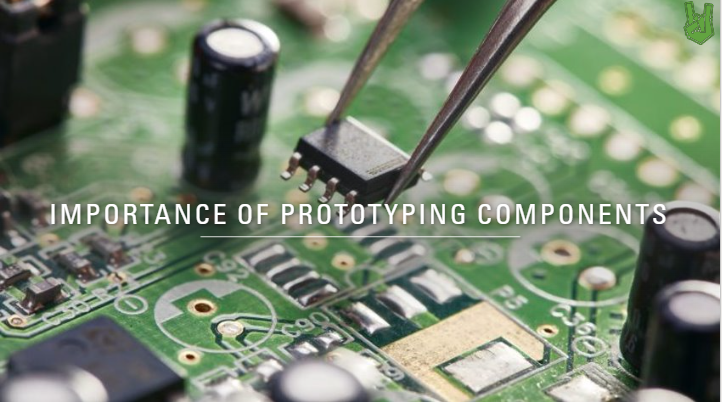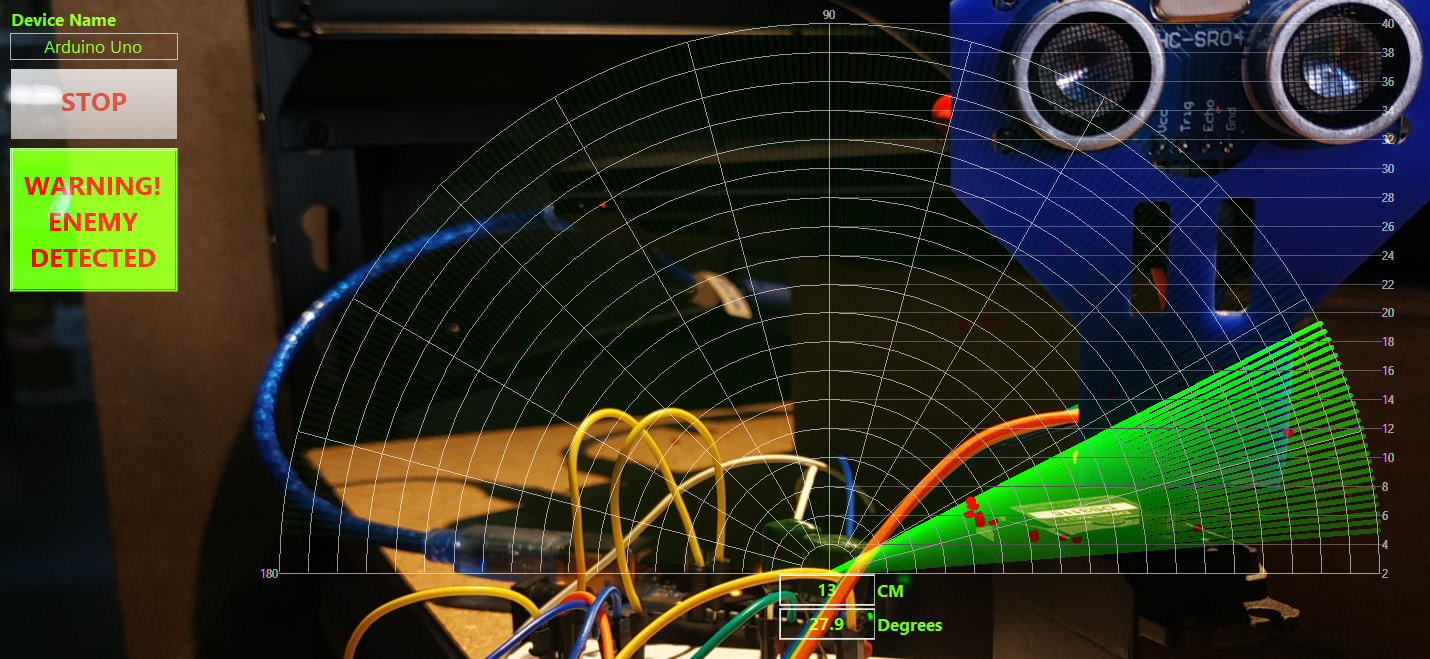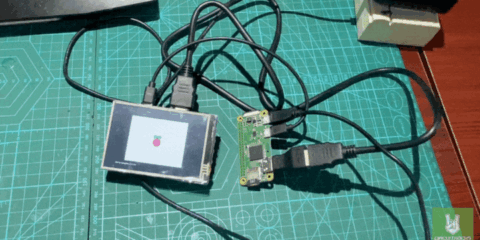Importance of Prototyping Components – The journey of developing a new product involves various steps. While it’s tempting to dive head-first into the project, you’ll do well to remember the adage – ”by failing to prepare, you prepare to fail”.
Planning and testing your ideas before implementing them is the best way to ensure your brand can release the right products. That is what prototyping does – implement ideas into tangible form and explore their real-world impact before finally executing them.
Let’s get a closer understanding of what, how, and why of prototyping.
What is Prototyping?
Prototypes are early samples, models, or releases of products built to test a concept or process. There are many contexts in which semantics can be used, for example, in design, electronics, and software programming. Generally, prototypes are used by system analysts and users to improve the precision of a new design.

Prototyping is an essential step in the Design Thinking process and is often used in the final testing phase. Every product has a target audience and is designed to solve their problems in some way. To assess whether a product solves its users’ problems, designers create an almost-working model or mock-up of the product, called a prototype, and test it with prospective users and stakeholders. Thus, prototyping allows designers to test the practicability of the current design and potentially investigate how trial users think and feel about the product. It enables proper testing and exploring design concepts before too many resources get used.
Functions of a Prototype
- A prototype is a product built to test ideas and changes until it resembles the final product. You can mock up every feature and interaction in your prototype as in your fully developed product, check if your idea works, and verify the overall user experience (UX) strategy.
- Prototyping allows you to build simple, small-scale prototypes of your products, and use them to observe, record, and assess user performance levels or the users’ general behaviour and reactions to the overall design. Designers can then make appropriate refinements or possible alterations in the right direction.
- Prototypes can be of any form, from simple sketches and storyboards to rough paper prototypes and even role-playing prototypes that enact a service offering. They do not need to be complete products – in fact, you can prototype a part of a product to test that part of your solution. Often, prototypes are quick and rough – designed for early-stage testing and understanding – and at times full-formed and detailed – aimed for pilot trials towards the project’s final stages.
To sum up, prototyping allows early iteration of the product during design thinking, thereby validating its core functionality.
Importance of Prototyping Components
One of the key aspects of prototyping is that it generates empathy for prospective consumers. In this respect, designing software or designing products for human use is not much different. Any product designed without understanding the customer’s needs can result in unnecessary features, poor designs, and a host of problems.
With prototyping, you can enjoy various benefits like:
Evaluate Technical Feasibility
Creating a prototype makes it possible to concretize an idea and assess which features pose difficulty in implementation. Prototyping can thus identify unanticipated physical, technical, or financial constraints.
Enhance Website Quality
- A well-designed prototype will enable you to:
- Conduct testing for site usability
- Inspect site navigation
- Conveniently access information on the site
- Determine correct placement of visual accents – what visitors should see first
Effectively Present Ideas to Customers
Prototyping makes it possible to present your future product to potential customers before the actual launch of the product. It could also allow you to devise your marketing strategies better and start pre-sales.
Reduced Risks
Projects with a complete prototyping process are at lower risk than projects without prototyping. This is because prototyping directly affects project resources, time, and budget. Through prototyping, it is possible to estimate the resources and time for development.
Iterate at Lower Costs
Information gathered from potential customers through prototyping makes it possible to improve the product until an optimal product is formulated. A good idea can be to create several prototypes before the launch of mass production so that the additional costs of unsold products and reprogramming can be curtailed.
Simulate the Future Product
The most important advantage of prototyping is that it creates a model of the final product. It can help lure customers to invest in the product before any resource allocation for implementation. You can discover design errors and check their correctness before going into production.
Provide Focused Feedback
Exposing the prototype helps to focus customer feedback on the desired qualities of the product. This feedback is critical to understanding the needs and expectations of users, and business requirements and gaining a clear idea of what the product is for.
Planning
Through prototyping, the design team gets essential information that helps them to plan out the implementation. A prototype helps build user stories and emphasizes user needs. This brings substantial benefits to the scrum teams.
Quick and Easy
A designer can quickly develop a ready-to-implement prototype even from a simple idea on paper if they understand the logic and functionality of the product.
Common Types of Prototypes
Prototypes are of different types. Here you’ll find some common prototypes the designer used for different purposes or stages of the process:
- Sketches: It’s the most basic form of a prototype. You can also call it a free-from prototype and looks like a pencil drawing. The motive of this kind of prototype is to lay out the initial idea of the product. It is used for the internal understanding of the team and the designer.
- Paper Prototype: Paper prototypes are similar to the sketch prototype but are quite different. Paper prototypes are also used at the initial stages, but they have a well-defined structure. Unlike sketches, paper prototypes are a more detailed or substantial representation of the product. One has to use stencils and cardboard to bring inaccuracy to the design. One thing to understand here is the motive. It was created in the initial stages for a better understanding of the team.
- Click-Through Prototypes: It’s the lowest level of an interactive prototype. Here the user can finally interact with the app or website. You can link different screens using hotspots and can see how they look. You can easily create these prototypes from scratch or create a digital form of paper or sketch prototypes. Click-through prototypes come into play when you want to test the initial workflow.
- Interactive prototype: You can think of an interactive prototype as an advanced version of the click-through prototypes. It’s easy to create applications that support such prototype design. The best part of this prototype is its interactive nature. You can enable the users to interact with these prototypes and view animations.
Such prototypes come into use when you have to display them to your clients. This gives them a little sense of what their product will look like.
Conclusion
In summary, prototyping is not just a preliminary step; it’s a strategic move that can save you time, money, and potential headaches down the road. It offers clarity to your customers and allows you to simulate your real product or service, making it easier to gauge your chances of success in the market.
Remember, there are numerous ways to test your prototype, and different budget options to consider. Don’t miss the opportunity to transform your innovative idea into a successful reality through the power of prototyping. It’s your compass on the journey to success.
FAQs on the Importance of Prototyping Components
Q1. What is prototyping?
Answer. Prototyping in a project is creating a sample or model of a project to test the concept.
Q2. What are the different types of prototyping?
Answer. The 4 types of project prototyping are feasibility prototypes, low-fidelity user prototypes, high-fidelity user prototypes, and live-data prototypes.
Q3. What are popular UI prototyping tools?
Answer. Figma, InVision Studio, Adobe XD, Webflow, Axure RP, Origami Studio, and Justinmind are some popular prototyping tools.
Q4. What is prototyping in a project?
Answer. Prototyping in a project is a technique to experiment with new ideas at a low cost.




